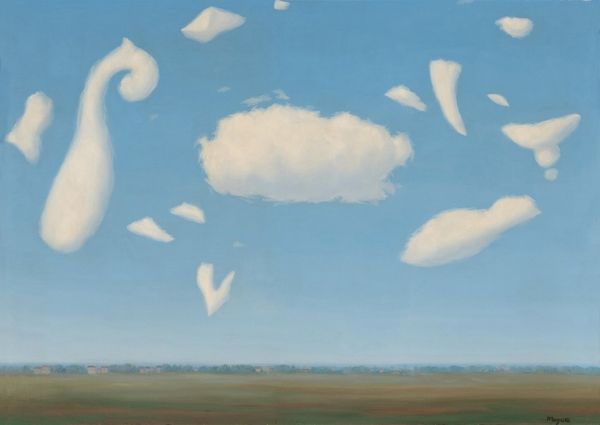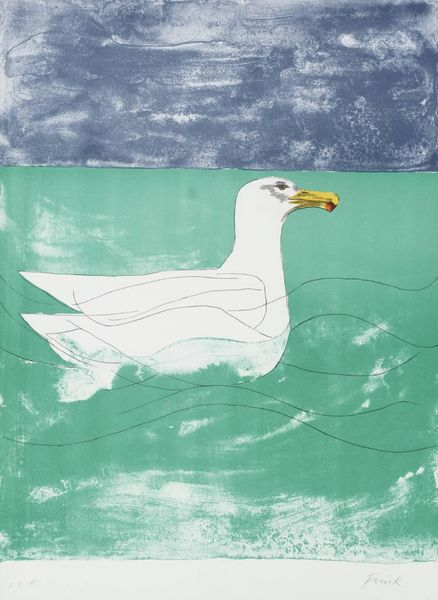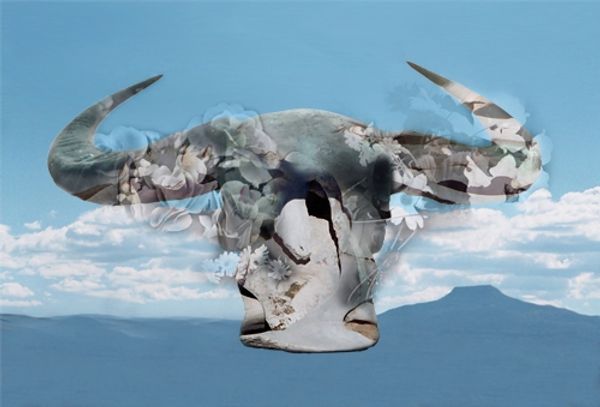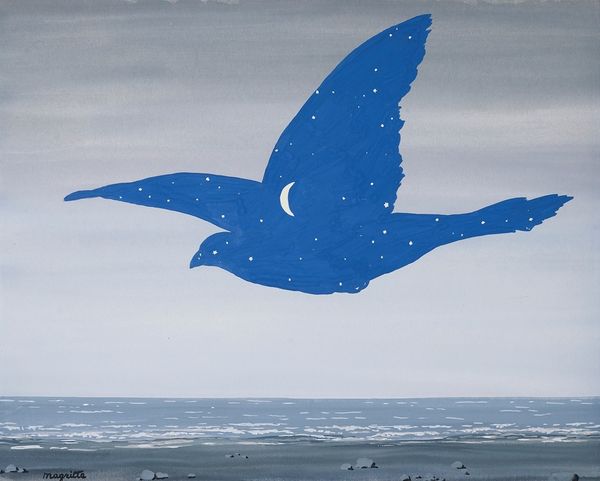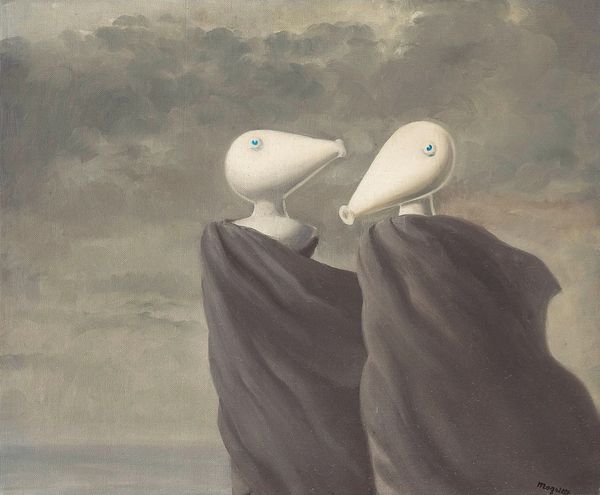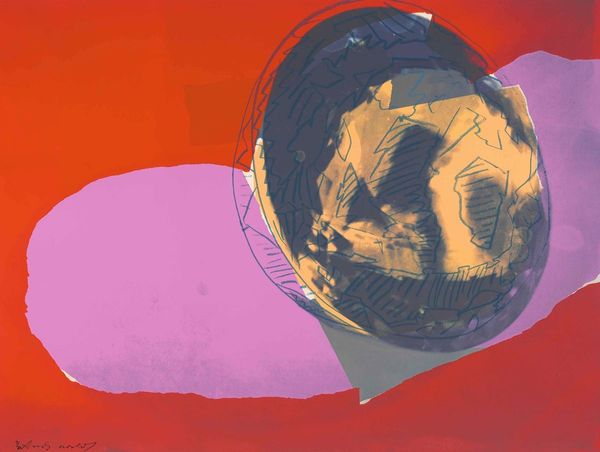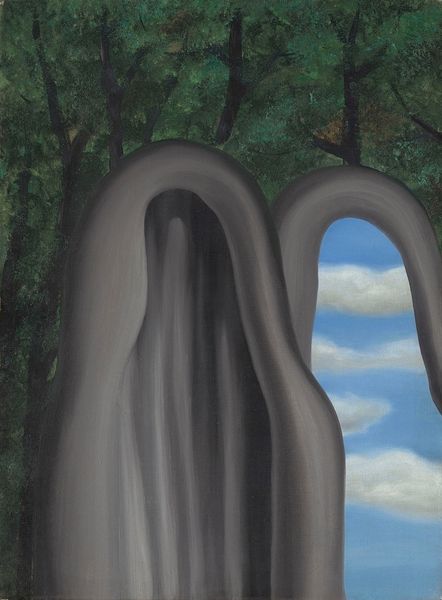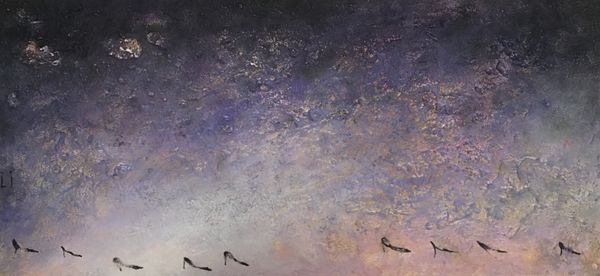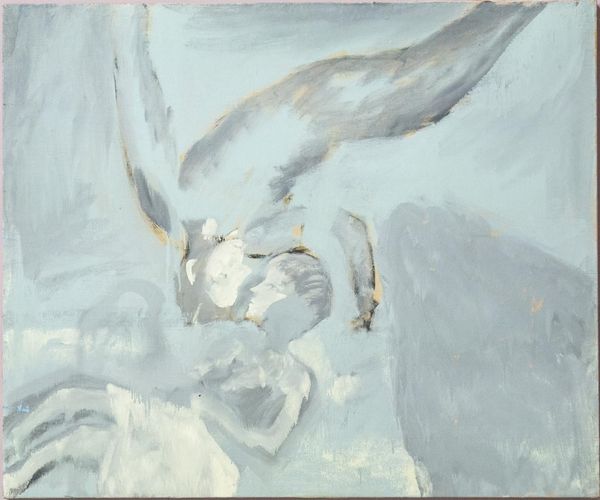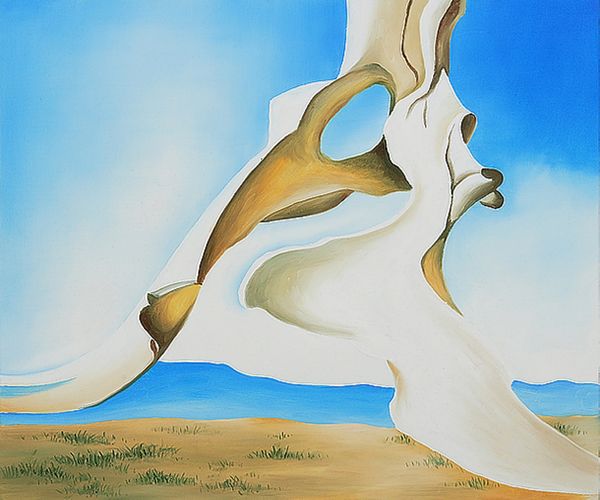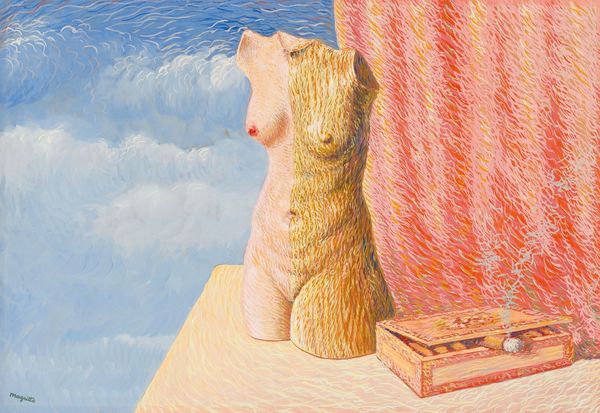
painting, oil-paint
#
painting
#
oil-paint
#
landscape
#
bird
#
figuration
#
animal portrait
#
naive art
#
surrealism
#
digital painting
Copyright: Modern Artists: Artvee
René Magritte painted 'La Connaissance absolue' in Belgium, but its date remains unknown. The image juxtaposes the solidity of the eagle statue with the seemingly floating rock, challenging our perception of reality. Magritte was associated with the Surrealist movement, which emerged in the aftermath of World War I. This movement questioned societal norms, the war having shattered previous understandings of truth and logic. Surrealist artists were interested in the irrational and the unconscious, and they drew inspiration from dreams and psychoanalysis. How does Magritte critique the institutions of art? It might be worth considering, in this context, the role of the art museum itself. Museums, after all, display artworks as objects of value, removed from their original context, and set apart as 'art'. Are the eagle and the floating rock symbols for that? To fully understand this artwork, we might explore Surrealist manifestos, psychoanalytic writings, and the social and political context of interwar Europe. This research might illuminate the various layers of meaning embedded in this strange image.
Comments
No comments
Be the first to comment and join the conversation on the ultimate creative platform.
